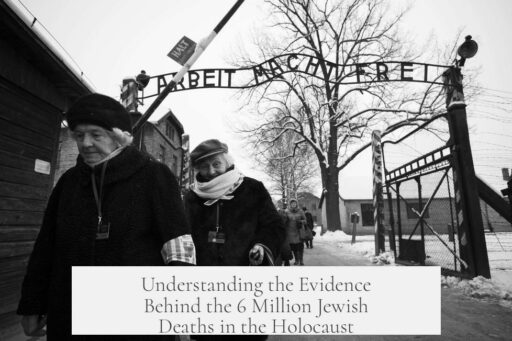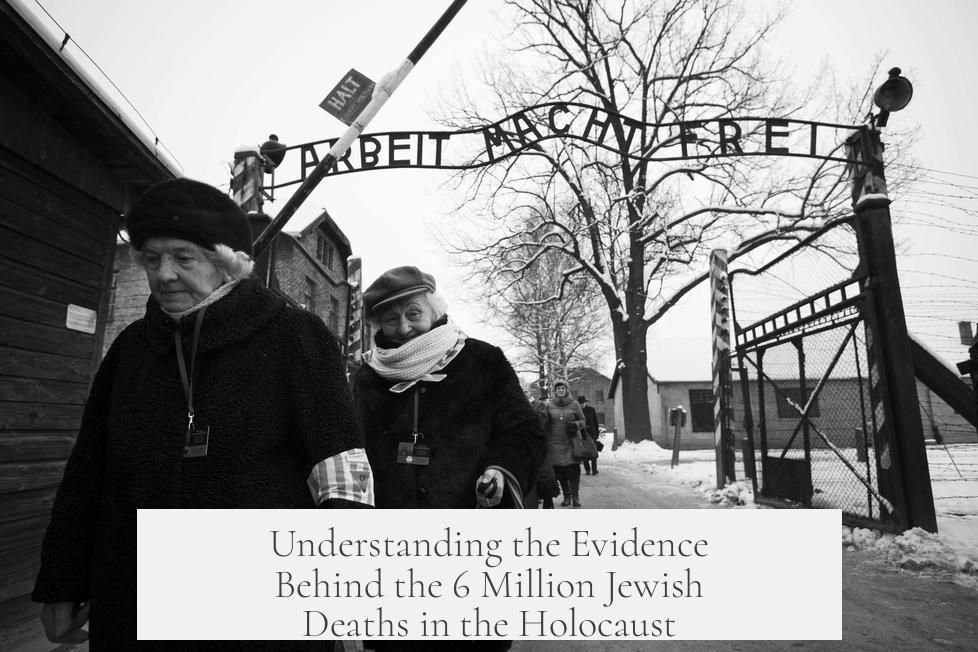The figure of approximately 6 million Jewish deaths during the Holocaust is based on extensive evidence from diverse, reliable sources, and represents a well-supported estimate rather than an absolute exact number.
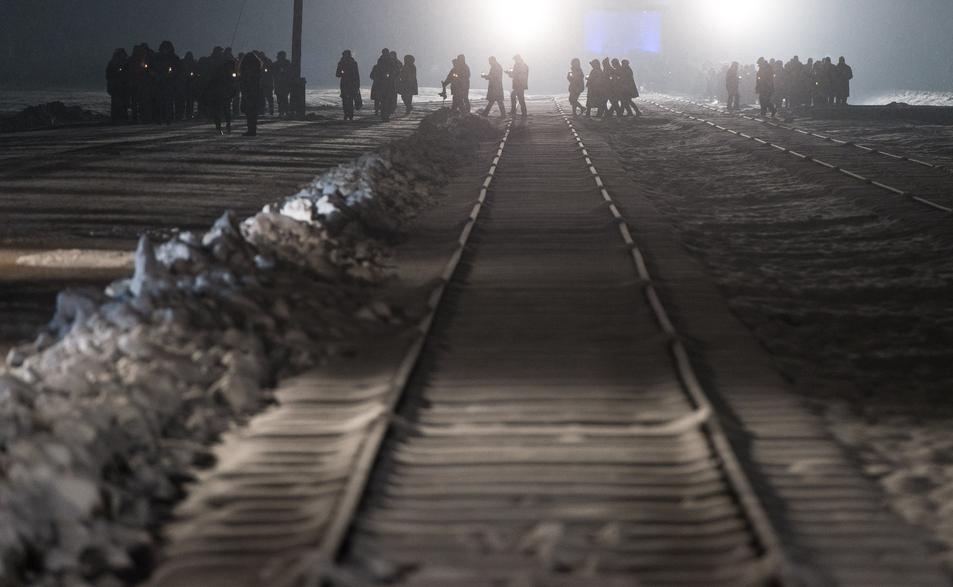
A broad spectrum of evidence underpins this estimate. These sources include Nazi Germany’s own records, documents from its allies, Jewish community archives, and governmental census data before and after World War II. Further, postwar investigative reports and survivor testimonies complement these resources. This multifaceted approach allows historians to cross-check data and build a comprehensive picture of the Holocaust’s human cost.
The Jewish population in Europe dropped dramatically from about 9.7 million in 1939 to approximately 3.6 million in 1946. This decline hints at around 6.1 million deaths. However, this number is a rough outer boundary since not all deaths result from direct Holocaust actions. Disease, hunger, and war casualties also affected the population figures. Thus, population decrease alone cannot precisely define the Holocaust death toll.
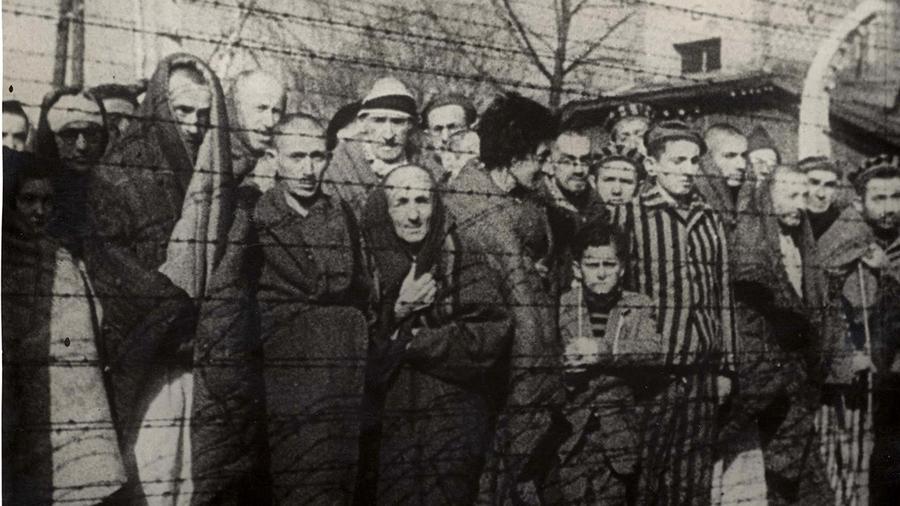
Records from Nazi extermination and concentration camps offer more detailed figures. The six main extermination camps—Auschwitz-Birkenau, Belzec, Chelmno, Majdanek, Sobibor, and Treblinka—account for approximately 2.7 million Jewish deaths. Documented deaths in Nazi concentration camps add another 150,000. At least 800,000 deaths occurred in Jewish ghettos, though these figures are less precise due to fewer surviving records.
Yad Vashem, the official Israeli Holocaust memorial, maintains extensive databases with names and details of documented victims, totaling about 4.8 million. These records supplement camp data and illustrate that documented numbers represent only part of the true death toll.
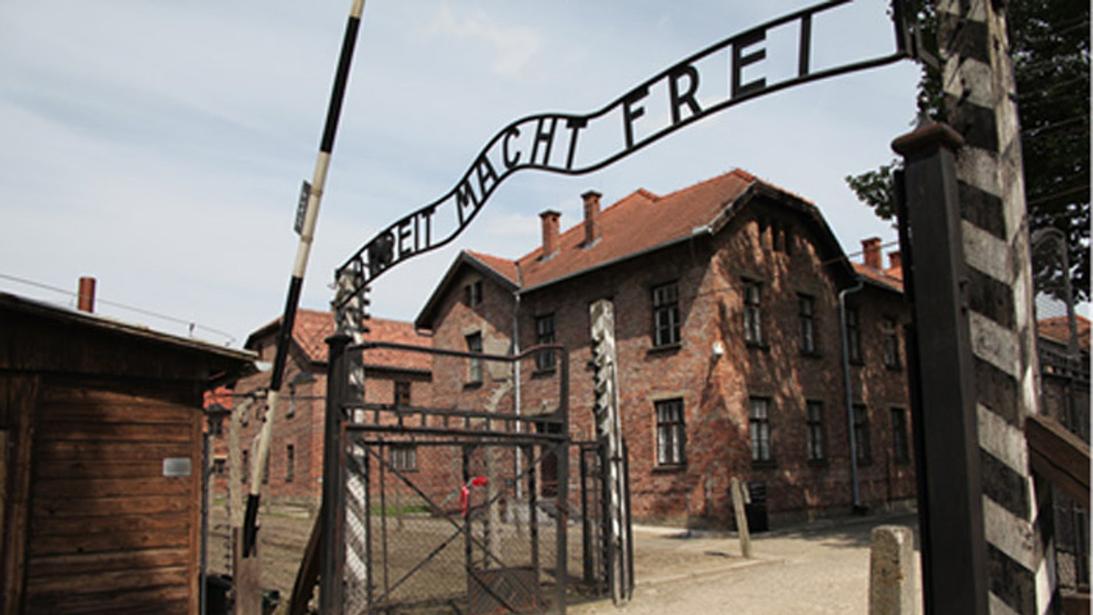
Importantly, the figures drawn from Nazi records often serve as minimum estimates. Record-keeping was most reliable during 1942-1943, the peak years of extermination camp operations, but deteriorated significantly in 1944-1945. The Nazis deliberately destroyed many records toward the war’s end to hide their crimes. Additionally, some records were lost amid the chaos of Germany’s defeat. Therefore, the actual death count could be higher than documented.
Shooting operations by mobile SS units, known as Einsatzgruppen, add complexity and uncertainty. These units killed Jews en masse outside camps, in forests and towns across Eastern Europe. Approximately 1.3 million Jews were victims of these shootings during the invasion of the Soviet Union. Another 250,000 died in similar executions in Poland and Serbia. Such killings often were not documented thoroughly, complicating the ability to produce exact numbers.
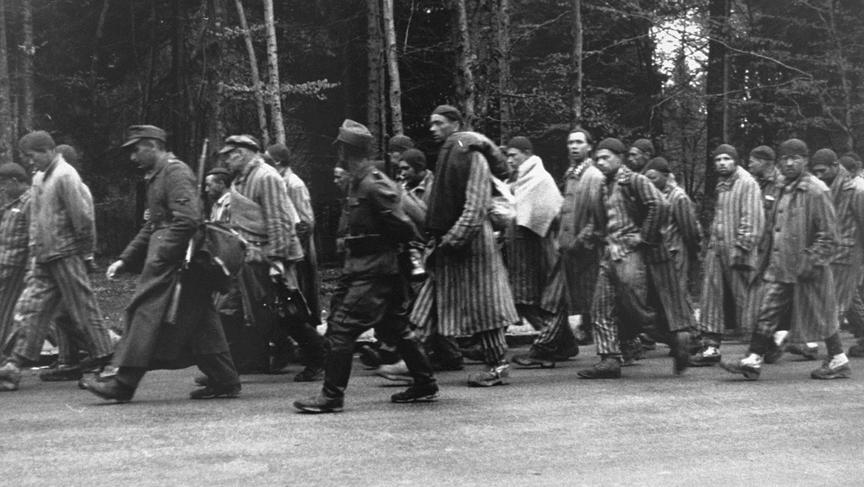
Jewish deaths caused by Nazi allies also contribute to the challenge of precise accounting. Romania, for instance, executed between 280,000 and 380,000 Jews, surpassing all but Nazi Germany itself. Other Axis powers like Hungary and Croatia also committed mass killings and operated labor or concentration camps with several tens of thousands of Jewish victims. Many of these countries’ records remain incomplete or inaccessible, creating further estimation challenges.
While exact numbers will remain elusive, the critical consensus among scholars rests on a range close to 5.5 to 6 million Jewish deaths. This range reflects the best achievable estimate after careful analysis of all available evidence. It acknowledges data gaps without undermining the scale or reality of the tragedy.
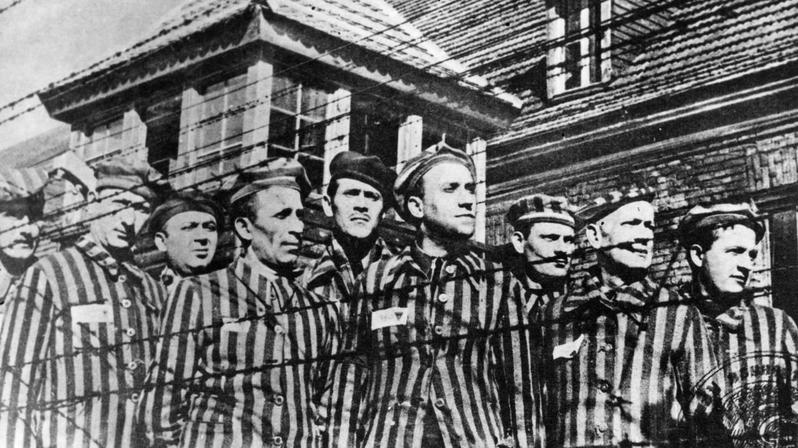
Ultimately, the six million figure symbolizes a historically grounded estimate reflecting the extensive scope of the Holocaust. It is neither exact nor arbitrary but is built on decades of research and verification from multiple independent sources.
- The number 6 million is a well-supported estimate derived from Nazi records, censuses, survivor testimonies, and postwar investigations.
- Population decreases from 9.7 million to 3.6 million Jews in Europe support this estimate but are insufficient alone for accuracy.
- Detailed camp records document about 2.85 million Jewish deaths in extermination and concentration camps, with an additional 800,000 in ghettos.
- Killing operations outside camps by Einsatzgruppen and Nazi allies add significant, less documented victims.
- Incomplete and destroyed records mean official numbers are conservative minimum estimates.
- The accepted range among scholars is generally between 5.5 and 6 million Jewish victims.
- This number represents a reliable, informed estimate capturing the scope of the Holocaust’s devastation.
How Do We Know That 6 Million Jews Died in the Holocaust?
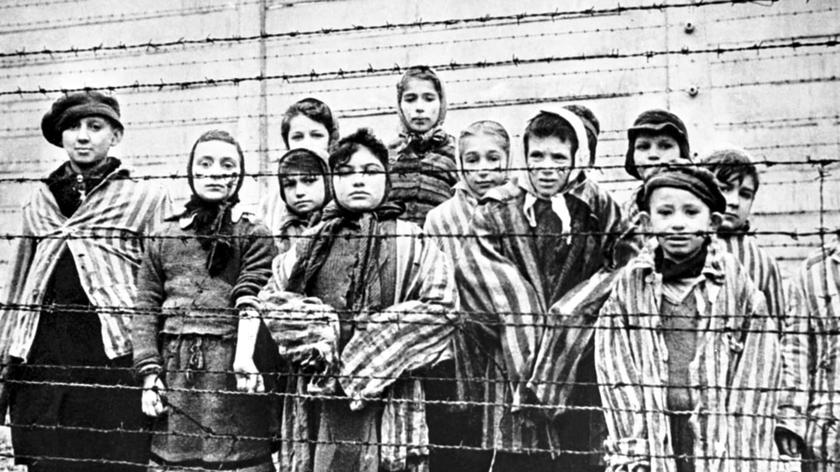
The estimate that 6 million Jews died in the Holocaust stands on a foundation of extensive, diverse evidence collected from many sources. This number, while rounded for public understanding, stems from detailed records, population studies, and witness accounts that, when pieced together, paint a chilling and thorough picture of Nazi crimes.
But how exactly do historians know this? And why is 6 million the figure commonly cited, rather than some other number? Let’s unpack this by looking at the evidence and methods behind the estimate.
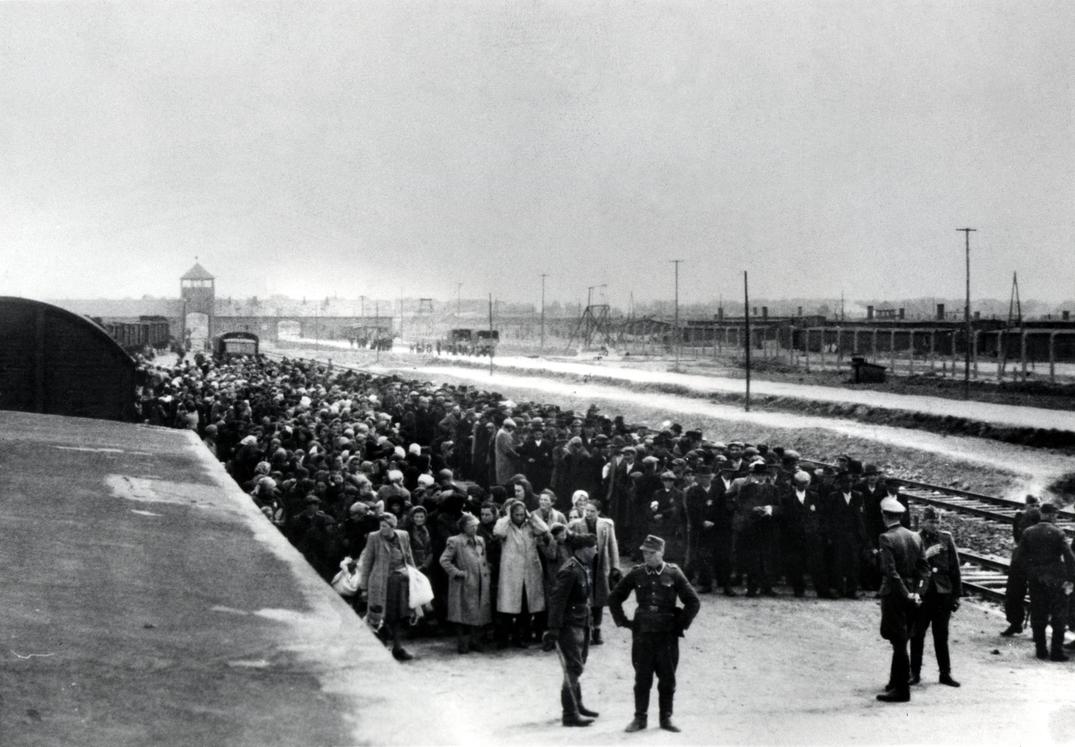
The People Behind the Numbers: Diverse Sources Unite
First off, the estimate combines information from many corners. Nazi Germany’s own records, documents from their allies, census data, Jewish community records, and postwar investigation commissions all contribute pieces of the puzzle. These sources include:
- Official Nazi documents: Surprisingly detailed in some areas, especially early on.
- Population censuses: Comparing Jewish populations before and after the war.
- Testimonies: Survivor accounts and reports gathered by investigative bodies postwar.
- Jewish records: Community and religious records that track demographic changes.
This diversity ensures that the estimate isn’t based on a single unreliable source but on multiple independent confirmatory points.
Population Decline — The Big Picture
One straightforward way to estimate the scale is to look at the Jewish population changes in Europe. Before WWII, about 9.7 million Jews lived in Europe. After the war in 1946, this number dropped to roughly 3.6 million, hinting at around 6.1 million lost.
But wait—should we just trust this simple math? Not entirely. Some of these deaths were caused by war conditions or other factors, not only the Holocaust’s direct atrocities. So while population loss gives us a broad ballpark figure, it’s not detailed enough on its own.
Records from the Camps: A Harrowing Account
Nazi records from concentration and extermination camps provide more precise, although sometimes incomplete, data.
The six main extermination camps—Auschwitz-Birkenau, Belzec, Chelmno, Majdanek, Sobibor, and Treblinka—are estimated to have killed about 2.7 million Jews. Another 150,000 passed away in other concentration camps.
Yad Vashem, Israel’s official memorial, documents many victims by name, tallying roughly 4.8 million recorded deaths from camps and ghettos combined, with at least 800,000 deaths in the ghettos.
It’s important to note these figures might be underestimated. Nazis often destroyed records as the war ended. In 1944 and 1945, record-keeping breaks down or disappears, and chaos likely led to loss of documents. So, these numbers represent minimum counts rather than maximums.
Killings Outside the Camps: The Forgotten Execution Sites
Killing squads called Einsatzgruppen played a grim role, conducting mass shootings mostly in Eastern Europe. They, along with other SS and military units, killed around 1.3 million Jews through these “Holocaust by bullets.” In Poland alone, approximately 250,000 Jews were executed by shooting.
And don’t overlook Serbia’s grim story, where about 15,000 Jews were murdered this way.
The Nazi Allies: Other Players in the Tragedy
Many forget that Nazi Germany’s allies also contributed to the death toll. Romania stands out, responsible for 280,000 to 380,000 Jewish deaths in mass shootings and camps in the Transnistria Governorate. Croatia’s sad tally reaches about 25,000 victims in concentration camps.
Hungary, through labor battalions and camps, counted approximately 33,000 Jewish deaths. Needless to say, records from these countries are patchy. Researchers often hit dead ends or gaps because of lost or incomplete archives.
What About the Exact Number? Spoiler: It’s Never Exact
Here’s the brutal truth: we may never know the exact number of Jewish victims in the Holocaust. Historical records were destroyed, numbers shifted with chaos, and many deaths went undocumented.
Scholars differ slightly, estimating anywhere from 5.5 million to 6 million lost. The six million figure is a rounded, symbolic number that reflects the scale more accurately than any other simple statistic might.
Why Does This Matter Today?
Understanding how experts arrive at this figure matters because Holocaust denial and distortion persist. Knowing about multiple lines of evidence—camps, killings outside camps, population changes, and documented survivors—equips us to counter falsehoods.
How should we remember these numbers? Not as stats, but as human lives cut tragically short. Each number represents a story, a community lost, dreams ended.
Can You Imagine the Scope?
Imagine piecing together a giant puzzle with missing pieces, some pieces deliberately burned. Investigators, historians, demographers, and survivors work like detectives collecting every tiny clue.
The result is a figure we trust because so many different types of evidence come together to the same rough conclusion. This convergence adds power and credibility to the 6 million number.
Final Thoughts: The Weight of Evidence
The estimate of 6 million Jewish deaths during the Holocaust is supported by:
| Evidence Source | Contribution to Estimate |
|---|---|
| Nazi & Allied records | Detailed prisoner logs, transport lists, and camp figures |
| Population censuses | Show broad demographic collapse from 9.7 million to 3.6 million |
| Eyewitness & survivor testimonies | Context and confirmation of deaths and atrocities |
| Postwar investigations | Gathered, cross-checked reports and documentation |
While no number can capture the full horror, 6 million remains the most accurate and respectful representation of the Holocaust’s scale.
Next time you hear this number, remember what it stands for—a collective memory built on painstaking research, a solemn reminder that this dark chapter should never be forgotten or denied.
How is the estimate of 6 million Jewish deaths in the Holocaust derived?
The estimate comes from many sources, including Nazi records, Jewish community data, censuses, and postwar investigations. These combined give a broad view of the number of victims during that period.
Why can’t we know the exact number of Jewish victims?
Exact numbers are impossible because some records were destroyed, incomplete, or lost. Also, killings outside camps and by Nazi allies add uncertainty. The 6 million figure is a well-supported estimate, not an exact count.
What role do extermination camp records play in the estimate?
Germans kept detailed camp records, allowing fairly precise counts for deaths in camps like Auschwitz and Treblinka. These records show about 2.7 million deaths in extermination camps and 150,000 in concentration camps.
How do population changes support the 6 million figure?
From 1939 to 1946, Europe’s Jewish population fell from about 9.7 million to 3.6 million. This drop roughly aligns with the Holocaust death toll but doesn’t account for all factors like migration or natural deaths.
Are deaths by mobile killing squads included in the estimate?
Yes. At least 1.3 million Jews died from shootings by Einsatzgruppen and similar units outside camps. These mobile killings add significant numbers but complicate precise accounting.
